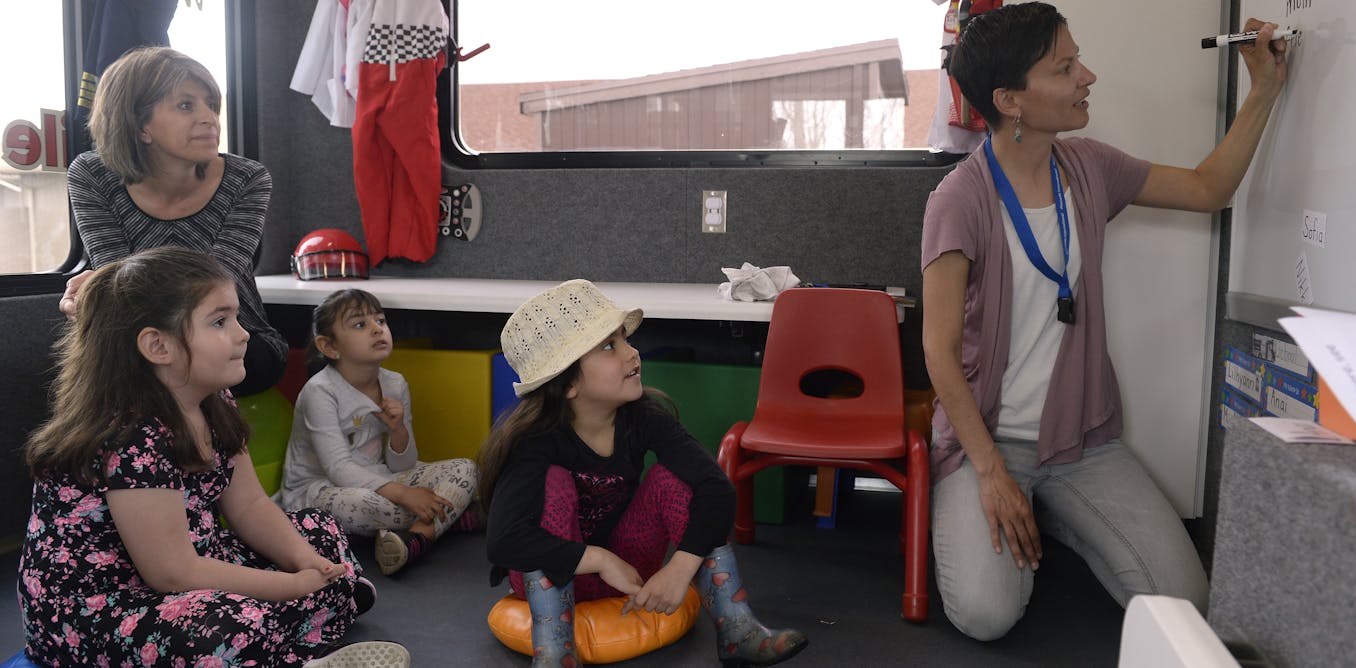This post originally appeared on Recode China AI.
When Tesla rolled out its much-anticipated pilot robotaxi service in Austin, Texas, last month—a fleet of 10 to 20 Model Y SUVs with “robotaxi” stickers and minor modifications—the tech and automotive worlds paused in awe. But thousands of miles away, executives at China’s leading autonomous driving firms didn’t flinch.
“Tesla isn’t even sitting at the [robotaxi] table yet,” Lou Tiancheng, CTO of Chinese autonomous vehicle company Pony.ai, remarked during an interview in May. Last year, Wang Yunpeng, head of the autonomous driving unit at Baidu, China’s search engine and AI giant, claimed Tesla was at least three to five years behind.
The measure of robotaxi success isn’t flashy demos or tech-day reveals—it’s large-scale, commercial, fully autonomous public service. By that standard, Tesla remains far behind. Globally, only Alphabet’s Waymo and a handful of Chinese firms have overcome this barrier.
Comparing robotaxi operations: Waymo leads in the United States; Baidu dominates in China.Recode China AI
While Waymo pioneered the robotaxi, nearly every other company providing regular public road service is Chinese. It mirrors the global electric vehicle market where, aside from Tesla, Chinese carmakers like BYD dominate the top ranks.
China’s Robotaxi Trio: Baidu, Pony.ai, WeRide
At the center of this push is Baidu, often considered the West Point of China’s autonomous vehicle (AV) industry. Its alumni populate almost the entire autonomous driving supply chain in China, from chips to software development to robotaxis.
When Baidu began self-driving research in 2013, it envisioned becoming the Android of AV—a software ecosystem provider to automakers worldwide. But China’s fiercely competitive automotive landscape quashed this ambition. Top Chinese electric automakers, such as Li Auto and XPeng, opted to develop their own advanced driver-assistance systems (ADAS), while lower-tier companies turned to telecom giant Huawei or drone maker DJI. Baidu’s own electric vehicle venture, Jidu, folded last year.
Yet despite these setbacks, Baidu’s robotaxi service, Apollo Go (known affectionately in China as “Luobo Kuaipao” or Carrot Runs Fast), is flourishing. In 2022, it became China’s first fully driverless commercial robotaxi operator—a milestone for the industry. Today, Apollo Go operates a fleet of 1,000 robotaxis across 15 cities, from Beijing to Shenzhen, providing 1.4 million rides in the first quarter of 2025 alone.
Baidu’s largest operations hub is Wuhan, a megacity in central China with more than 13 million people, strategically chosen for its supportive regulatory environment and its status as China’s automotive heartland. Baidu’s sixth-generation robotaxi is a sleek vehicle with covered steering wheels and rear sliding doors. Still, 1,000 cars are modest compared to China’s vast traditional taxi market and enormous ride-hailing fleets.
Hot on…
Read full article: Tesla Robotaxis Face Fierce Competition from China

The post “Tesla Robotaxis Face Fierce Competition from China” by Tony Peng was published on 07/15/2025 by spectrum.ieee.org







































Leave a Reply